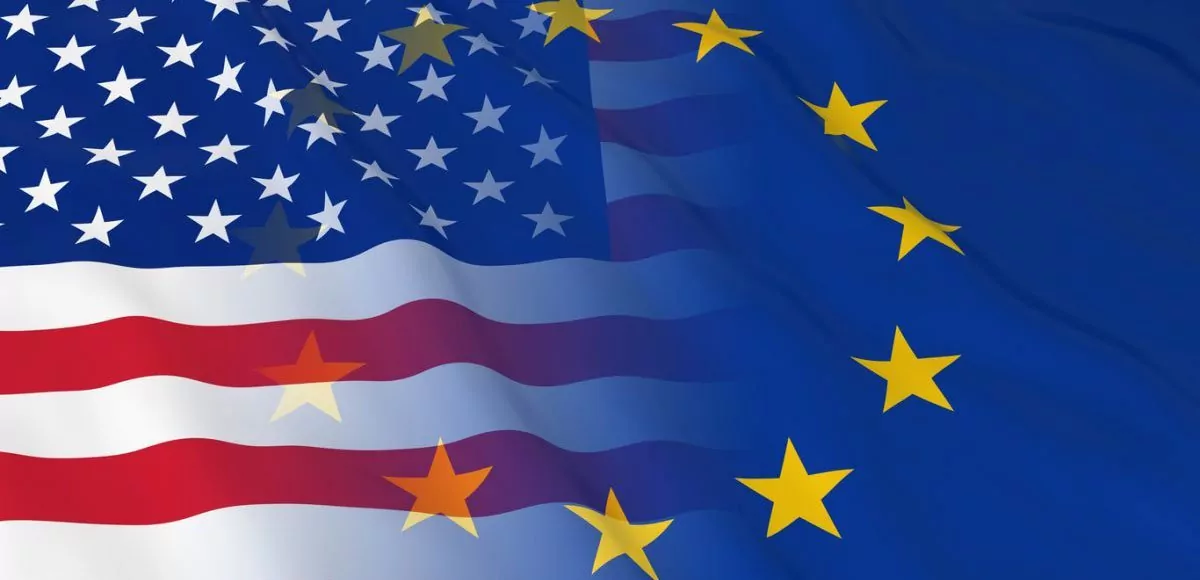With the addition of Slovakia on the 15th July 2019, The European Union (EU) and US have now fully implemented the Mutual Recognition Agreement (MRA) for inspections of manufacturing sites for human medicines in their respective territories.
The agreement, which was originally announced in 2017, represents three years of FDA and EU collaboration and will allow all partners to recognise inspections carried out by each other.
Each year, EU competent authorities and the Food and Drug Association (FDA) inspect many manufacturing sites of medicinal products throughout Europe, the US and elsewhere in the world, to ensure that these sites operate in compliance with current good manufacturing practice (cGMP). By utilising each other’s inspection findings and related information, the FDA and EU will be able to reallocate resources towards the inspection of drug manufacturing facilities with potentially higher risks across the globe which will benefit patients and reduce adverse public health concerns while also reducing the regulatory workload of competent authorities. This will in turn lower costs and avoiding duplicate inspections.
Initially the EU and FDA will focus on inspections conducted within their respective territories, however both will have the option to rely on inspection results by recognised authorities for manufacturing facilities located outside their territories. Both the EU and the FDA reserve the right to inspect in each other’s territory at any time.
The current scope of the agreement includes only human medicinal products, with the exclusion of vaccines and plasma derived products. Products covered in the agreement include;
- Marketed finished pharmaceuticals for human use in various dosage forms such as tablets, capsules, ointments and injectables
- Marketed biological products
- Intermediates
- Active Pharmaceutical Ingredients (API)
The agreement does not currently cover veterinary products, however, the EU and FDA have agreed that veterinary products will be considered for inclusion by the 15th December 2019 and discussions between technical experts have already taken place.
One of the main benefits for European companies that this finalised agreement will bring is the waiving of batch testing when importing medicinal products from the US. In the EU, the Qualified Person (QP) will be relieved of their responsibilities for carrying out the controls laid down in Article 22 paragraph 1 (b) of Council Directives 75/319/EEC provided that these controls have been carried out in the US. Each batch must also be accompanied by a batch certificate issued by the manufacturer and signed by the person responsible for releasing the batch.
The MRA may be beneficial to companies as it will result in fewer regulatory inspections each year, however it will increase the pressure for companies to be inspection ready. For example, in the past deficiencies that were noted by a local competent authority could be addressed prior to an FDA inspection whereas now with the implementation of MRA, deficiencies will be shared between authorities in the EU and US.
The EMA and FDA have both published Question and Answer documents on the Mutual Recognition Agreement which can be accessed using the links below:
- FDA https://www.fda.gov/media/103391/download
- EMA https://www.ema.europa.eu/en/documents/other/questions-answers-impact-mutual-recognition-agreement-between-european-union-united-states-11-july_en.pdf
PharmaLex can support your organisation in many ways. If you would like the PharmaLex team to assess how the Mutual Recognition Agreement effects your company or if you would like to update your Inspection Readiness compliance strategy, please contact us to discuss on +353 1 846 4742 or contactirl@pharmalex.com.








